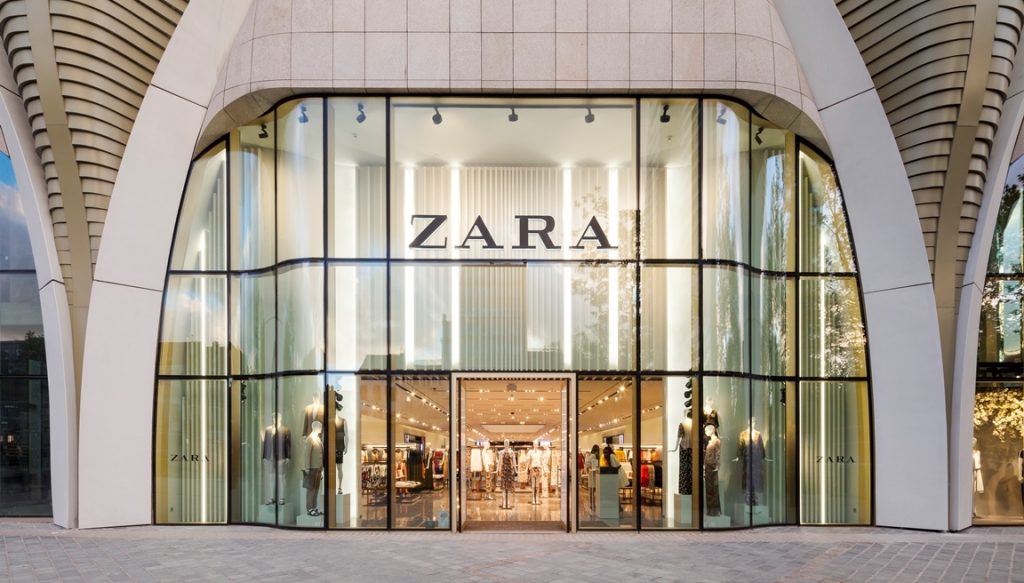Chinese fast-fashion retailer Shein is the largest online-only fashion company in the world. This year, the retailer overtook Amazon to become the most downloaded shopping app in the US and it is a record it holds in 50 other countries. In 2020, Shein recorded revenues of $10 billion, this represented a 250% year-on-year increase in revenue – the 8th consecutive year this figure was over 100%. Shein’s core market are Gen-Z shoppers which it attempts to lure in via Instagram and Tiktok where it boasts 21.9m and 2.8m followers respectively.

Despite the brand’s enormous online presence, there is little public information available about the company as it has a reputation for being very reclusive. Shein was set up in 2008 under the domain SheInside by Chinese entrepreneur Chris Xu whose background was in marketing and search engine optimization. The site initially revolved only around wedding dresses, soon branched out into broader womenswear. In 2014 Shein purchased Romwe, another Chinese e-commerce retailer. The following year, the company shortened its domain name to Shein – a move that made the brand more memorable for shoppers. The company embraced social media as a key marketing tool very early on – partnering with influencers on Instagram, Facebook and Pinterest as far back as 2012.
Inditex, parent company of Spanish retailer Zara, was the pioneer behind the fast fashion business model in the 1990s. Zara was one of the first to abandon the concept of fashion seasons, opting instead for a year-long cycle of production model. This allowed new items to be brought into stores every few weeks and the increased flexibility meant that catwalk styles could be made available to ordinary consumers at incredible speeds. Consumers instantly became addicted to this cycle of novelty as a culture of disposable clothing began to emerge. Ultra-fast fashion companies like Boohoo or Fashion Nova managed to speed up the process even further boasting a turnaround time of just a couple of weeks by using a “test and repeat” model – producing small batches of a range of styles. However, Shein has gone even further. The company has truly revolutionised the meaning of fast fashion by cutting production times to less than 7 days and adding on average almost 3000 new styles to its site every week (Boohoo adds on average 500 styles per week) – and the company also does so while offering significantly lower prices than its competitors.

Two key factors that Shein focuses on to be able to operate at record speed and without compromising scale are: supply chain management and software analytics. Shein creates products in small batches and production levels will subsequently be altered depending on popularity. The initial orders placed by Shein are around 100 units, this is much smaller than the orders placed by other ultra-fast fashion retailers like Boohoo, which reportedly order between 300-500 units per style. Since its inception, Shein has prioritised creating close relationships with its suppliers. It has been able to achieve this by guaranteeing timely payment to its suppliers – something that is often very rare for manufacturers in China. In return, factories are required to use Shein’s supply chain management software, which allows the company to share real-time consumer search data with suppliers to help guide design and production. Manufacturers must be located no more than a 5-hour drive from the company’s sourcing hub in Guangzhou and must also be able to complete the design and production process in as little as 10 days.
Shein’s astonishingly low prices have often raised questions in the fashion industry around the sustainability and ethics of its production methods. Although it is required to do so by law, Shein has not publicly shared factory workers’ wages but states on the website that it does not hire underage workers and guarantees a living wage and safe working conditions. Some have cited tax benefits as the reason for low prices offered. Shein has managed to avoid both export and import taxes as it ships its orders directly to customers from its warehouses in China and packages worth less than $800 will remain duty free. However, brick-and-mortar retailers like Zara will be unable to avoid these taxes as they are not shipping to individuals: they sell to stores and import in bulk.
By Camilla Maria Groeller






